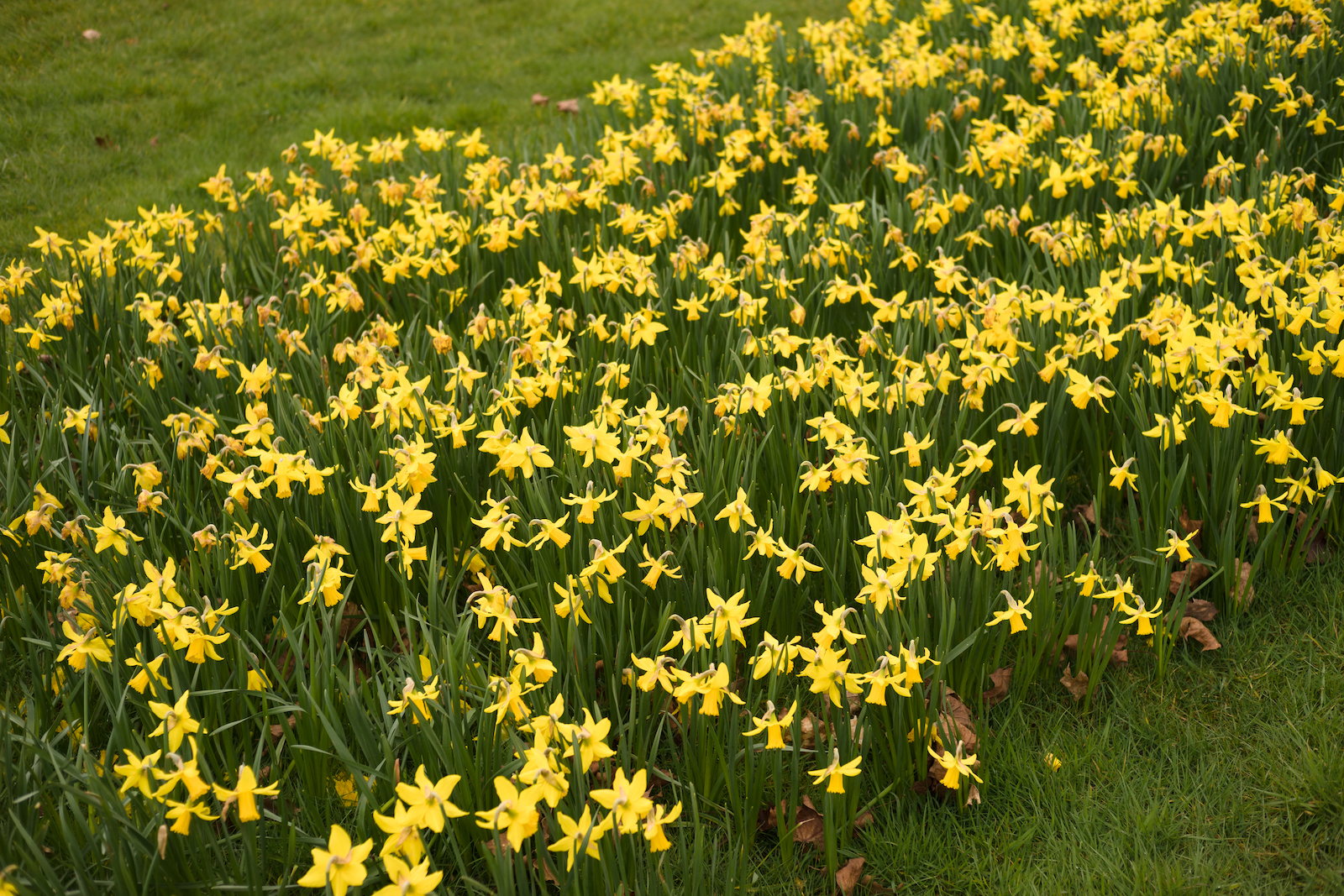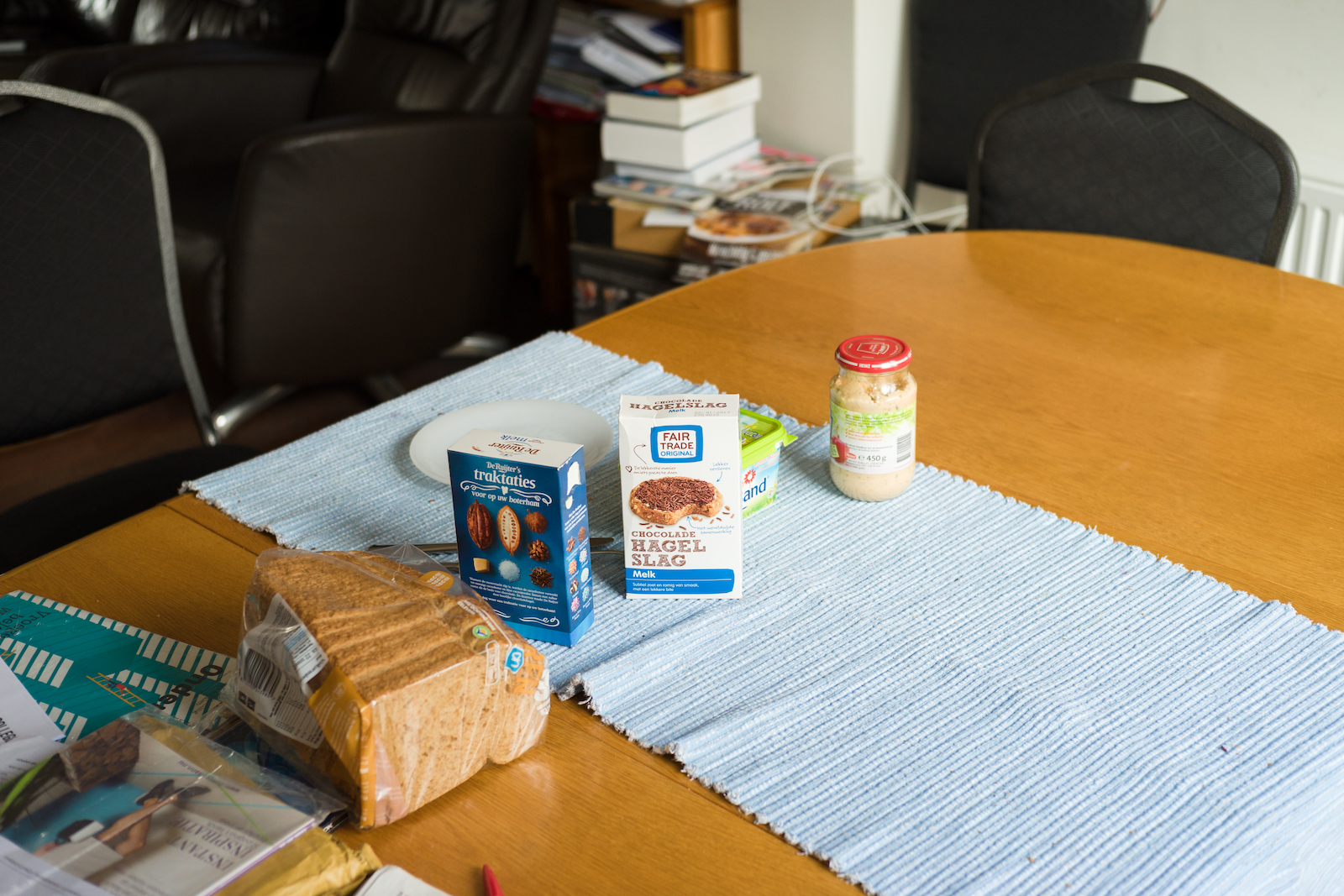I bought this one to enhance my options in the 40-50mm range. My ideal standard lens is a bit shorter than 50mm and shows excellent sharpness across the frame at f/8 for landscape pictures. There’s only one other 45mm lens in my line-up, the Minolta MD Rokkor 45mm 1:2 and to be honest, I really don’t like it. Optically it is useable though not stellar, but especially the mechanics put me off: focussing feels plasticky and not at all smooth, even on the rather nice-looking copy I have now. Yuck.

Enter the Carl Zeiss Tessar 45mm 1:2.8 in Contax/Yashica mount. It is tiny and weighs less than 100g. This was Zeiss’ entry in the race for small and light lenses in the 1980’s, a short-lived fashion probably inspired by the introduction of the Olympus OM camera’s that made all other contemporary cameras look big and clunky. Not that you’ll really enjoy this small size when using it on a Sony E-mount camera: the adapter is much longer than the lens itself! The focussing ring is quite thin and is somewhat difficult to grasp once a lens hood is mounted. The aperture ring is plastic which disappointed me slightly; I’m not that familiar with Zeiss Contax lenses and was half expecting a metal ring here. Aperture and focussing rings operate smoothly and without play, far better than what the Minolta 45/2 has to offer.
That’s all very nice, but is it any good optically? The short answer: yes. My usual test shots show that f/2.8 isn’t excellent yet, some loss of contrast here and tendency to purple fringing ; corner sharpness is already quite good though. At f/4 it improves a lot in a wide region around the center, extreme corners are still unsharp. At f/8 the lens really shines, excellent sharpness across the frame except for the very extreme corners, and really punchy images. I remember the inky black shadows from earlier experience with a Zeiss Contax lens, the Distagon 28/2.8, and this lens has a bit of that too although less extremely so. When processing the images in Lightroom I have to pull up the black slider more than I’m used to with other lenses, including the native Sony FE zoom lenses. White balance is cooler too compared to Minolta/Olympus/Konica legacy lenses.
One thing to watch out for: this lens has quite some focus shift on stopping down. You’ll really want to focus at the taking aperture to get optimal sharpness. I could easily see that in the A7’s viewfinder in magnified view.
The closest focussing distance is 0.6m, resulting in a meagre reproduction ratio of 1:12. Compare that with the 1:5 offered by the hardly less compact Olympus OM Zuiko 40/2 with its minimum focussing distance of 0.3m. A quick try with a Minolta Close-up lens No. 1 (+2 diopter) offered reproduction ratios between 1:12 and 1:6 with satisfactory sharpness in the center but quite some degradation towards the edges.
The lens features a classic Tessar design, 4 elements in 3 groups, and the rendering of unsharp regions is different from more elaborate designs. It’s quite smooth in the background and slightly less so in the foreground.


These were taken at f/4 which is the best aperture to my taste when it comes to differentiate between sharp and unsharp, the rendering of the unsharp region makes the sharp parts pop.
Really looking forward to put this lens through its paces and see if I like it.
